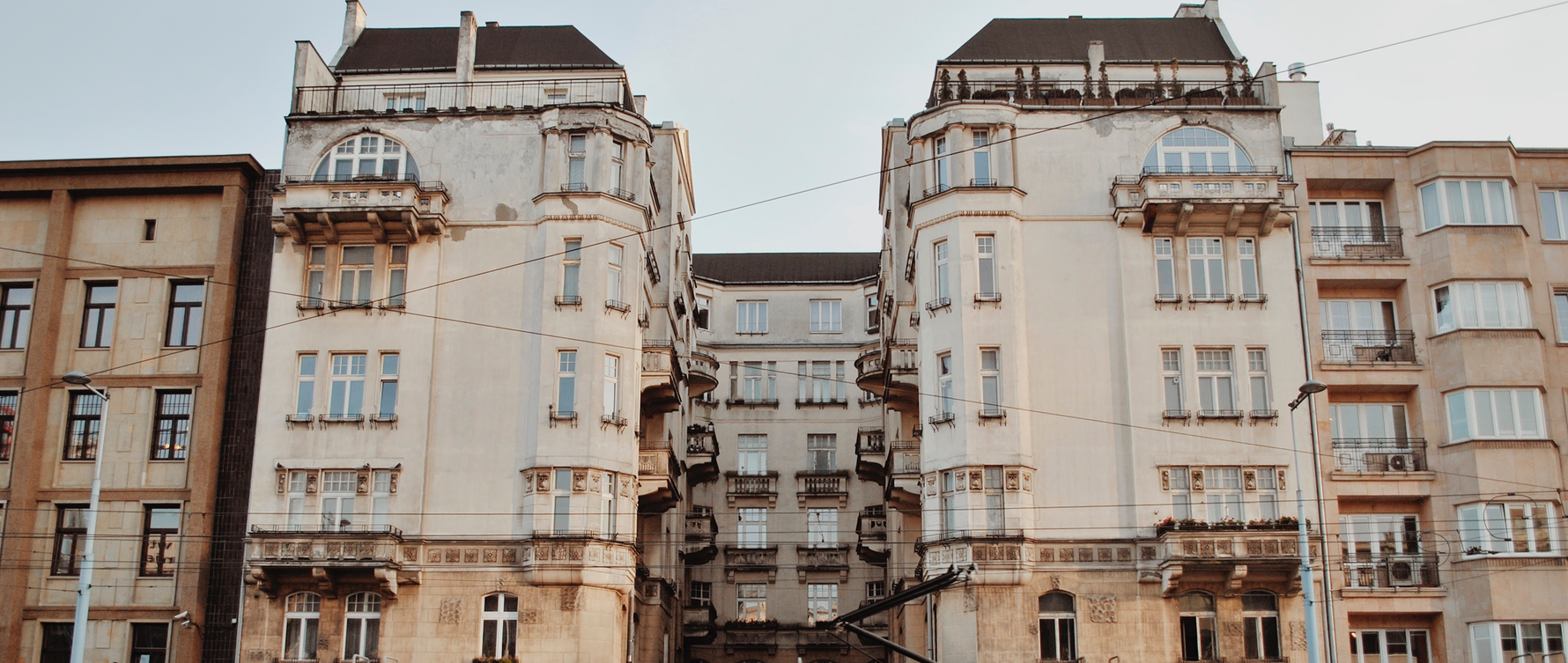
Let's look at the explanations, a history lesson, if you will, to understand why the city looks the way it does today. The easiest answer is to blame wartime destruction, but there's more to the story than that. One considerable factor has always been Poland's geography. Smack bang in the middle of Europe, the past few hundred years for Poland resulted in some pretty brutal beatings from regional powers like Imperial Russia, the Austro-Hungarian Empire, the Kingdom of Prussia, and as time went on, the German Reich and eventually the Soviet Union. When one power lost influence, another would simply walk into an already weakened Poland, and take its place. Not a great situation to be in!
Clearing the Landscape
Now, let's get back on track. Up until 1939, Poland was developing slowly, but gradually, after regaining independence just 20 years before, and fighting a successful war against the invading Bolsheviks. Warsaw's centre was littered with ornate buildings, palaces were dotted here and there, cafes, restaurants, shops and cinemas were prominent features of the bustling city. There were even plans to build a new metro. And then to the west, the Nazis were already planning their maniacal designs on domination. First stop – Poland. And so it was to be, in September of 1939, the Nazis advanced through the country and laid siege to Warsaw, inflicting horrific civilian casualties, and general destruction, using air raids and artillery fire. Years of occupation went by until the outbreak, and subsequent quelling, of the Warsaw Ghetto Uprising of 1943, which led to the ghetto area (which accounted for 1/3 of the city) being flattened. A year later in August 1944, the Warsaw Uprising broke out and again, more devastation and destruction was inflicted on the city. Following capitulation, Hitler was so enraged that people should rise up against the Nazis that he ordered Warsaw be razed to set an example to all others that dared consider fighting back. And so it was to pass again, as the city was emptied of its citizens and the Nazis systematically destroyed any remaining buildings that were deemed culturally important to the Polish nation. It is estimated that 85% of the city's left bank structures were destroyed during the war.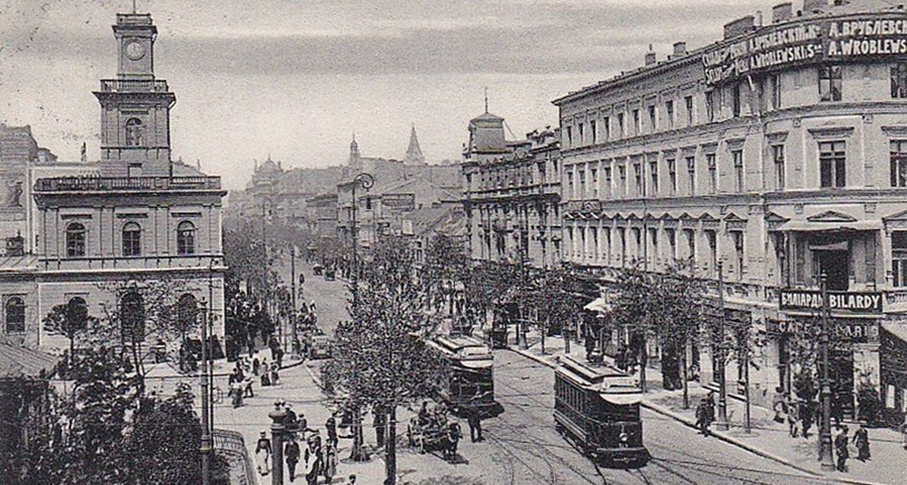
Consolidating Influence
In January 1945, the Soviets entered Warsaw, continued the fight, and buried their dead in Warsaw's Soviet Cemetery, beginning the unofficial process of gradually taking control of Poland. They didn't muck about, these Soviets - whatever they wanted, they took! The Polish government-in-exile in London gradually lost influence as the Soviets had boots on the ground all over Poland (500,000 pairs), they had a puppet authority already performing administrative duties (thus claiming legitimacy), and preparing Poland for a bunch of rigged elections. The Yalta Conference called for a coalition provisional government to be in power until post-war elections could be held, but this was largely ignored, or at least Stalin ensured that the Communists held true power in the country. The first election to be held was the '3 times yes' (trzy razy tak) referendum, asking Poles if they wanted the abolition of the senate, nationalisation of the economic system, and whether Poland's borders should be moved to the Baltic-Oder-Neisse line. The reality was the first 2 were rejected, only the 3rd passing, however, in what was deemed an undemocratic vote, all 3 were passed as 'yes' votes. Following western condemnation, the Polish legislative elections of 1947, which again, were completely manipulated, led to consolidation of power for the Communist parties, with the PZPR (Polska Zjednoczona Partia Robotnicza) being the dominant force. And so it was to pass, from there onward, Poland was to be a socialist republic, more or less a puppet state (or satellite state, if you prefer) of the Soviet Union.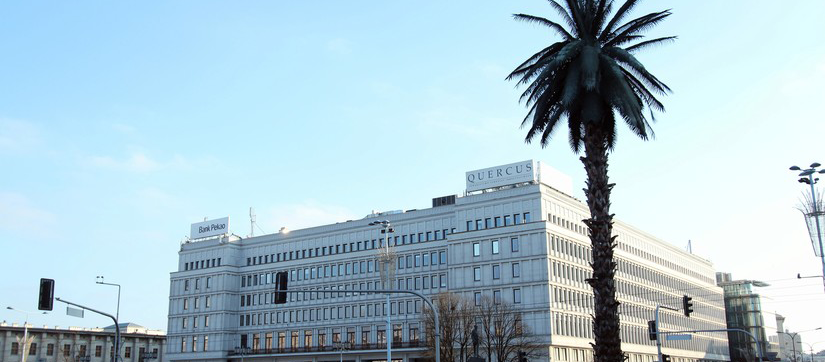
Building a Soviet City
Like we said before, the Soviets didn't muck about and they set about changing the urban landscape of Warsaw pretty damn quick. One of the first projects was the PZPR's HQ, the Central Committee of the Polish United Workers' Party, built between 1948-52, on the corner of ul. Nowy Świat and Aleje Jerozolimskie. Then ministerial buildings began popping up along ul. Krucza, the MDM (Marszałkowska Housing District) and Plac Konstytucji (Constitution Square) were built between 1950-52, and Warsaw's main street - ul. Marszałkowska - was transformed. All of these projects were under the architectural influence of the Socialist Realist style; Soviet to the core, lots of cement, grey colours - all rather bleak. The crowning glory, 'Stalin's gift to the people of Poland,' was Warsaw's very own Empire State-esque building, the Palace of Culture and Science (PKiN), built between 1952-55.
Years of Communist rule led to mass building projects across Warsaw, and the country, as there was an acute housing shortage. This is why you will see ornate pre-war buildings next to modern glass buildings and socialist realist housing blocks right in the city centre (the best views of this hectic development can be seen from the top of PKiN, looking out across Warsaw). It all looks like a mish-mash of family members at a large Christmas dinner; they don't necessarily want to be together, but circumstance has forced their hand. Later projects like The Eastern Wall - a mix of shops and tower blocks, right along ul. Marszałkowska - compounded the Soviet style's grip on the city centre. Even today, so long after the fall of Communism, the buildings remain, and despite renovations largely maintain their original imposing architectural style. They may look bleak, but most have an inner charm at their core. You just need to look for it...really, really hard.


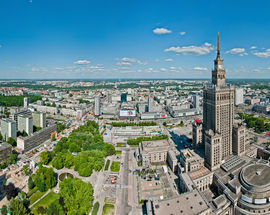
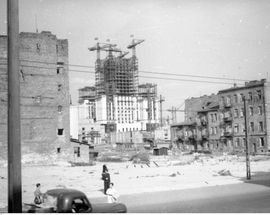
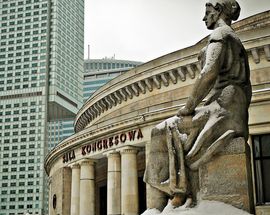
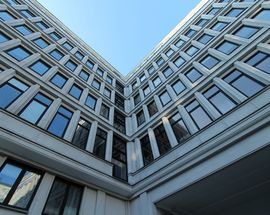

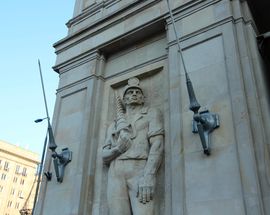
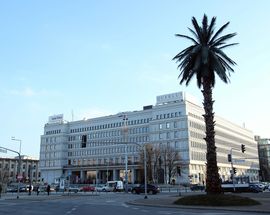
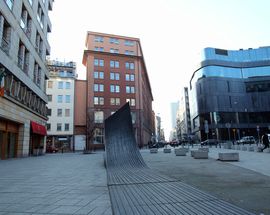
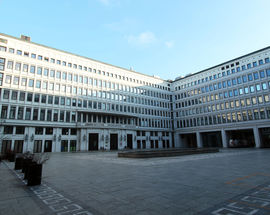
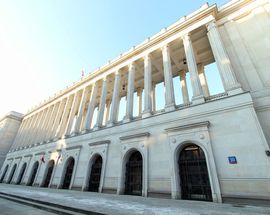
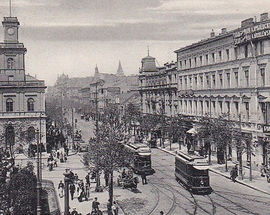
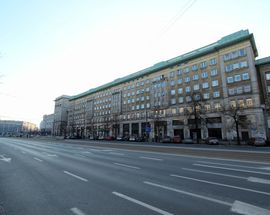
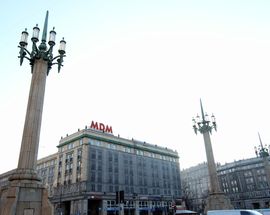
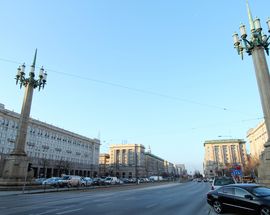
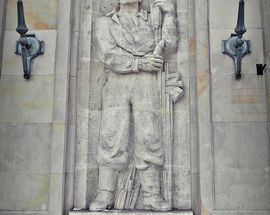


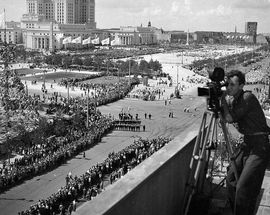
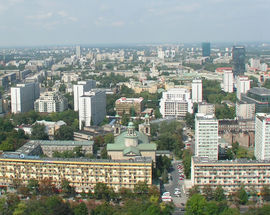
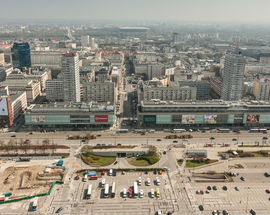
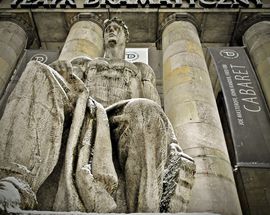

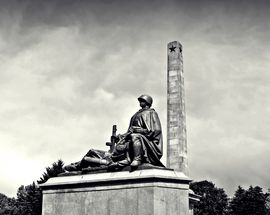

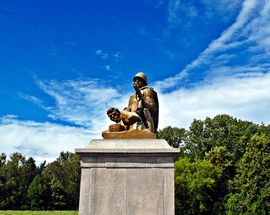

Comments